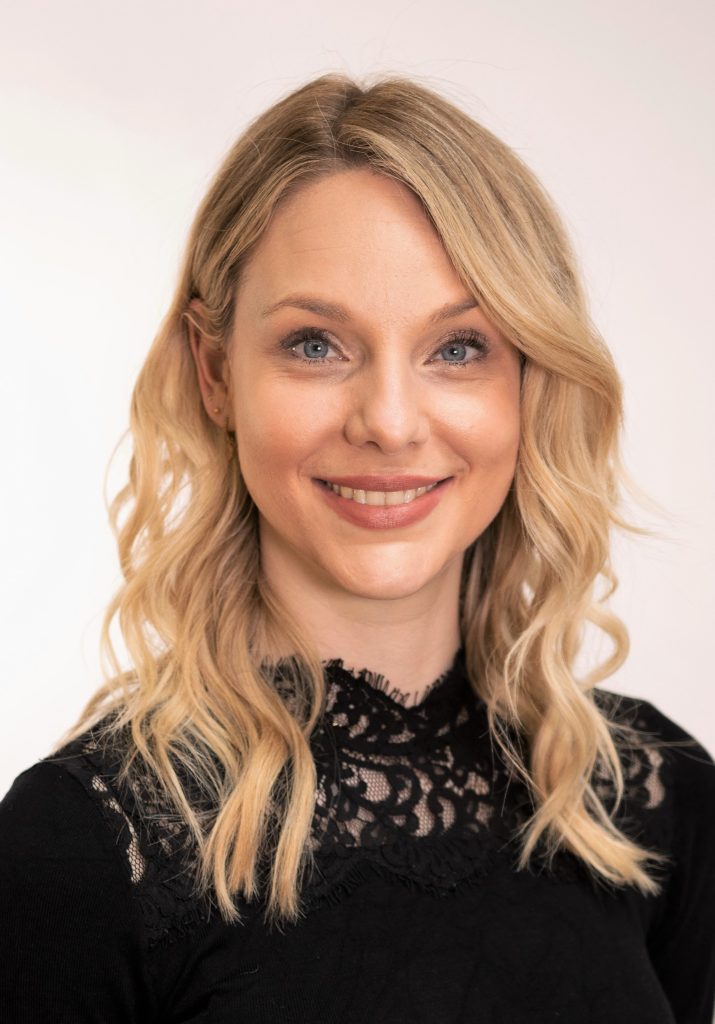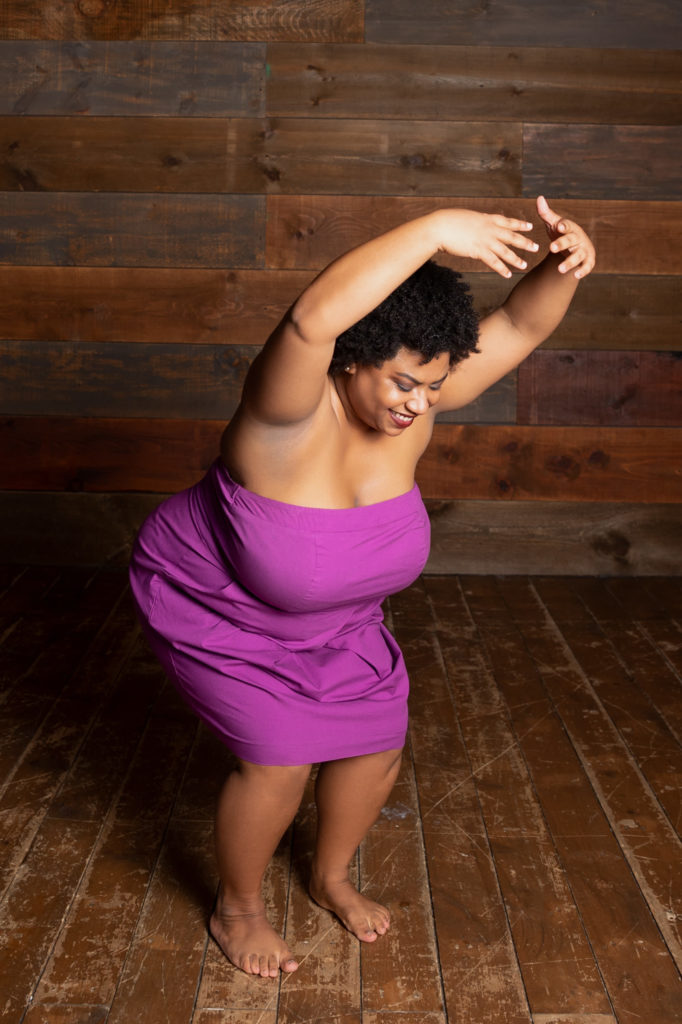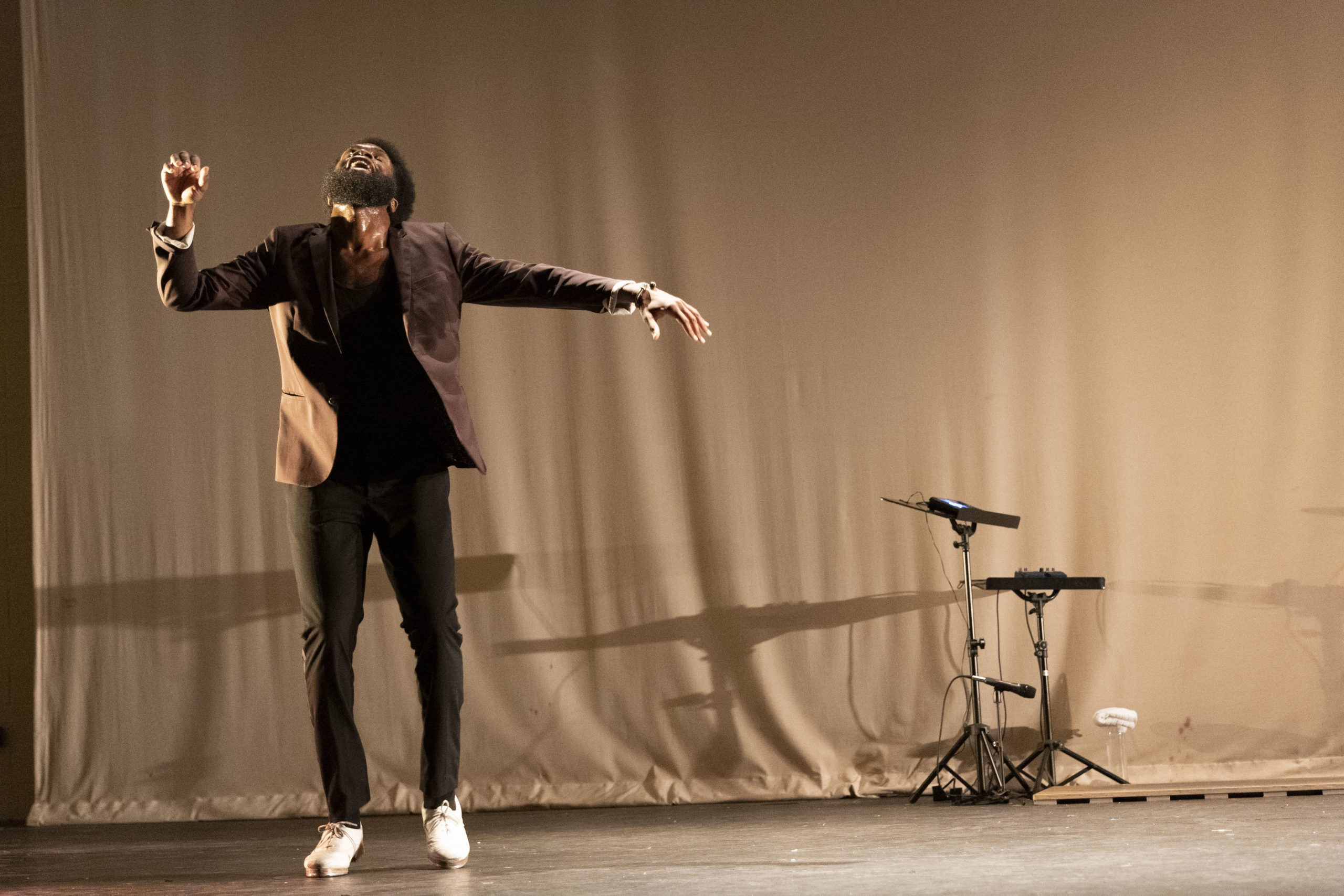Accepting the Unexpected: How Dancers Can Cope with Ongoing Pandemic Disruptions
In the early days of the pandemic, it felt like most dancers were doing the same thing: staying home, taking virtual class from their living rooms and coping with disruptions in work and training. It was a struggle, but one we were all living through together. Now, however, we’ve entered into a phase of the pandemic that is in some ways even more challenging. Gone are across-the-board restrictions telling us clearly what we can and can’t do. Instead, our days are filled with decisions about how much risk is acceptable. As new variants emerge and peak in different places at different times, dancers are dealing with shutdowns, quarantine and even illness in a way that feels more isolating.
This kind of uncertainty can be profoundly destabilizing, especially for dancers, who tend to be perfectionistic and goal-oriented to a fault. There’s no way to sugarcoat it: This is still a difficult time. But learning to be adaptable and resilient in the face of setbacks and uncertainty are skills that will serve dancers well within and outside the field, now and in the future. How can we look for these silver linings, without invalidating our feelings of disappointment? We talked to three dance pros about how they’re coping, and asked a dance psychologist for her best tips.

Navigating Uncertainty
Say a shutdown has delayed an important performance, or you have tested positive for COVID-19 and have to quarantine. How can you manage your worries about how that might impact your career? “I would suggest starting by reflecting on the past two years and all the learning that has happened, the strength that you’ve already shown. You’ve already been through this extended adversity and experienced growth through those setbacks,” says Lucie Clements, PhD, a chartered psychologist in the UK known as “The Dance Psychologist.”
If you’re struggling with larger-scale anxieties about how the pandemic might derail the career you imagined, stop and ask yourself which of your concerns are based in fact, and which aren’t. “Often when we look into the future, we’re creating facts for ourselves without actually knowing what will happen, trying to ease our uncertainty by creating a false certainty,” says Clements. Ask yourself whether there is any evidence for the future you are imagining, and anchor yourself in the present by reflecting on the ways in which we have moved forward since the beginning of the pandemic.
Finally, examine your goals—are they too rigid? “Even if we put the pandemic to one side, striving toward one goal alone can be detrimental for our well-being. Setting flexible goals is advantageous,” says Clements. “Flexible goals are realistic. Being open to more possibilities is the healthiest thing, and also the most proactive thing in terms of employment.” When stating your goal, you should be able to follow it up with “or.” If you’re struggling with that, try thinking of the other, non–dance-related goals that might surround it. “What kind of relationships do you want in your life?” she asks. “Do you want to have a family, or a very close friendship circle? Or maybe you want to work toward having a really great understanding of what it means to be healthy and care for yourself as a dancer.” Focusing on the fuller picture of your life can help free you from career-related tunnel vision.
Speaking of family and friends, maintaining your relationships outside of dance can also help you keep perspective. Dancer and choreographer Tamrin Goldberg says that her family started a weekly Zoom call in the early days of the pandemic, and it’s still going. “My relationships with other people have kept me sane,” she says.
Embrace New Skills
When the pandemic hit, tap dance artist and educator Michael J. Love was finishing up his MFA in Performance as Public Practice at the University of Texas at Austin. He was also living in a second-floor apartment with a downstairs neighbor. “I left a note on his door explaining that I was a tap dancer and needed to work from home, and he was pretty understanding, but I knew it couldn’t be a long-term situation,” he says. So he rented the front office of a warehouse space, built his own dance floor, and started teaching classes and producing monthly performances there. This meant learning a host of new skills. For example, because the sounds are so important in tap, Zoom classes simply did not work if students were unable to hear properly, or if the video and audio weren’t synced. So Love borrowed a sound mixer from a close friend and learned how to engineer higher-quality sound for his virtual classes and performances, skills he never would have expected to gain.

Love, who is currently a Princeton Arts Fellow, also found virtual events helpful in terms of keeping him connected to other dancers—and paying his bills when his usual gigs weren’t available. “I spoke on a lot of virtual panels, and it was that kind of gigging that allowed me to pay my rent,” he says.
Sydnie Mosley, founder of the New York City–based dance theater collective SLMDances, recently pulled off a bubble residency, where dancers stay quarantined together after testing to prevent COVID infection. This is something that larger companies have been able to do throughout the pandemic, but it was much harder to manage as a small company with less institutional support. “Our new reality requires more resources,” she says. However, Mosley and her collective found success through a new fundraising strategy: making a registry of items the company would need during the residency. “That was some of the most excitement I’ve seen from our supporters,” she says.
Deepen Your Practice Beyond Dance
If you can’t dance, whether due to illness or other pandemic-related obstacles, remember that there are numerous ways to further your artistic practice and your career. Back in the early days of the pandemic, “I wanted to wake up in the morning and still feel like an artist,” says Goldberg, who is now a swing in the first national tour of Moulin Rouge! The Musical. But once she had gotten the gig, the tour kept getting pushed back. She was worried that she’d lose the opportunity to be a part of it. Sticking to a routine helped her cope with the uncertainty: She journaled every morning, then took ballet barre almost every day. She also explored other ways of feeling fulfilled artistically, taking voice lessons—something she had wanted to do for a long time—learning to play the baritone ukulele and reading extensively.
With the show’s strict COVID protocols, Goldberg knew she would likely have to quarantine eventually. So she was prepared when she tested positive and had to quarantine for 10 days: “It might not have been the best idea to bring so many books on tour. One of my suitcases was really overweight,” she says. “But you have to find ways to stay inspired and stay creative.”
Back in what Mosley calls the “first season” of the pandemic—spring of 2020—she was determined to stick to her company’s weekly rehearsal schedule and continue paying her collaborators for their time. Their virtual rehearsal ritual kept them grounded, but none of them really felt like dancing. So they did something different. “Those rehearsals were actually incredible,” she says. “We did a ton of dramaturgical work. We read several books that inspired the work we’re making now, and looked at other related works of art.” They also heard from guest speakers on subjects including herbalism, financial planning and archiving.

Know That It’s Okay to Take a Break
Swings and understudies have always been important, but now they are absolutely critical. When Goldberg spoke to Dance Magazine for this article, she was the only person out of nine offstage Moulin Rouge! company members who hadn’t gone onstage yet—and then she did, just two days later. This is Goldberg’s first-ever tour as a swing, and with a total of seven tracks in the show to cover, she says it can be tempting to rehearse all the time in order to feel ready. But “sometimes it doesn’t serve me to dance through a whole show backstage,” says Goldberg. “Sometimes what I need is to sit and read a book, or call my dad.”
If you’re returning to dance from quarantine or an illness of your own, practice self-compassion, says Clements. If you find it tempting to compare yourself to other dancers, try to keep in mind that they are living through the adversity of the pandemic as well. Even if they appear outwardly successful, you may not see the ways in which they are struggling. And remember that it’s okay to feel disappointed and sad some of the time. “You can’t con yourself into feeling positively. You have to learn the skills to be resilient,” she says. “Allow yourself to feel those negative emotions, as well.”
Finally, remember that a break isn’t necessarily a setback. Embracing periods of rest might be a positive thing, for both your mental and physical health. “There is no replacement for live performance, and that’s okay. Sometimes we’ll be able to do that and sometimes we won’t,” says Mosley. “But there’s a season for everything. We all need recovery seasons. Look at nature—in a hot climate, there’s a dry season and a rainy season.”
Garnet Henderson is a dancer and writer in New York City.




